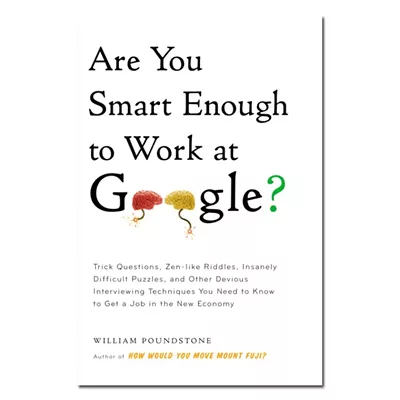Batman: Arkham City is almost a perfect videogame. Its only major flaw is the fact that sometimes it’s too much like a videogame.
One of the strengths of videogames is their ability to create virtual worlds that we can inhabit. Batman: Arkham City puts me behind the bat-cowl in a large portion of Gotham City that has been turned into a prison called Arkham City, where Gotham’s most notorious criminals — the Joker, the Penguin, Two-Face — wander freely among lesser thugs and petty criminals. The result is a gothic, crumbling Grand Theft Auto.
Across this grim and jagged cityscape, I can dash through the gnarled streets, zip up to the top of a building and then glide silently on crenelated wings from rooftop to rooftop. Seeing Batman’s iconic silhouette crouched on a church steeple or hanging upside-down from a gargoyle, and knowing that I put him there, makes the character come alive more than any comic-book illustrator or actor could. In Arkham City, I am Batman. And with a stylized city-sized chunk of property to roam freely, I feel like I might actually be living a superhero’s life.
But then I start to spend points. For whatever reason, Batman: Arkham City has decided to award me with experience points as I play the game. The better I brawl — the more stylishly I beat down the various villains of Arkham City — the more points I accumulate, and the quicker I’m able to obtain stronger armor or more elaborate gizmos.
If Bruce Wayne can call up his butler, Alfred, in the first few minutes of the game, and have a bat-suit flown into the prison, then why and how is he upgrading the suit by fighting imprisoned bad guys? If he needs a better suit or a smarter batarang, can’t he just order one up? I can understand if the game asks me to spend my experience points on new fighting techniques — they would represent knowledge gained and new tactics learned. But using my experience just to buy stuff? That’s the sort of thing that real people do, not superheroes.
THE GOOD: Gadgets and armor aside, the core action of Arkham City is the same as it was in Batman: Arkham Asylum — melee combat. Batman punches, kicks, grabs, chokes, flings and swings his enemies from his arms, legs and grappling hook with beautiful, fluid animation. Each maneuver is linked to the next, and I feel like I’m choreographing brutal fights on the fly. Stealth and speed play their part in the game’s combat as well, but nothing beats making the bat deliver a beating.
THE BAD: Another way in which Arkham City gets too videogamey is in its elaborate string of side quests. With so many super villains on the loose and no real folks to save heroically, there’s no shortage of oddball quests to keep diverting me from the story’s main mission. I need to help Bane track down toxic chemicals. And the Riddler has hidden puzzles all over the place. Before too long, it starts to feel less like a virtual world, and more like a videogame.
THE BOTTOM LINE: Batman: Arkham City delivers a world as brutal, dark and brooding as Batman himself.






















